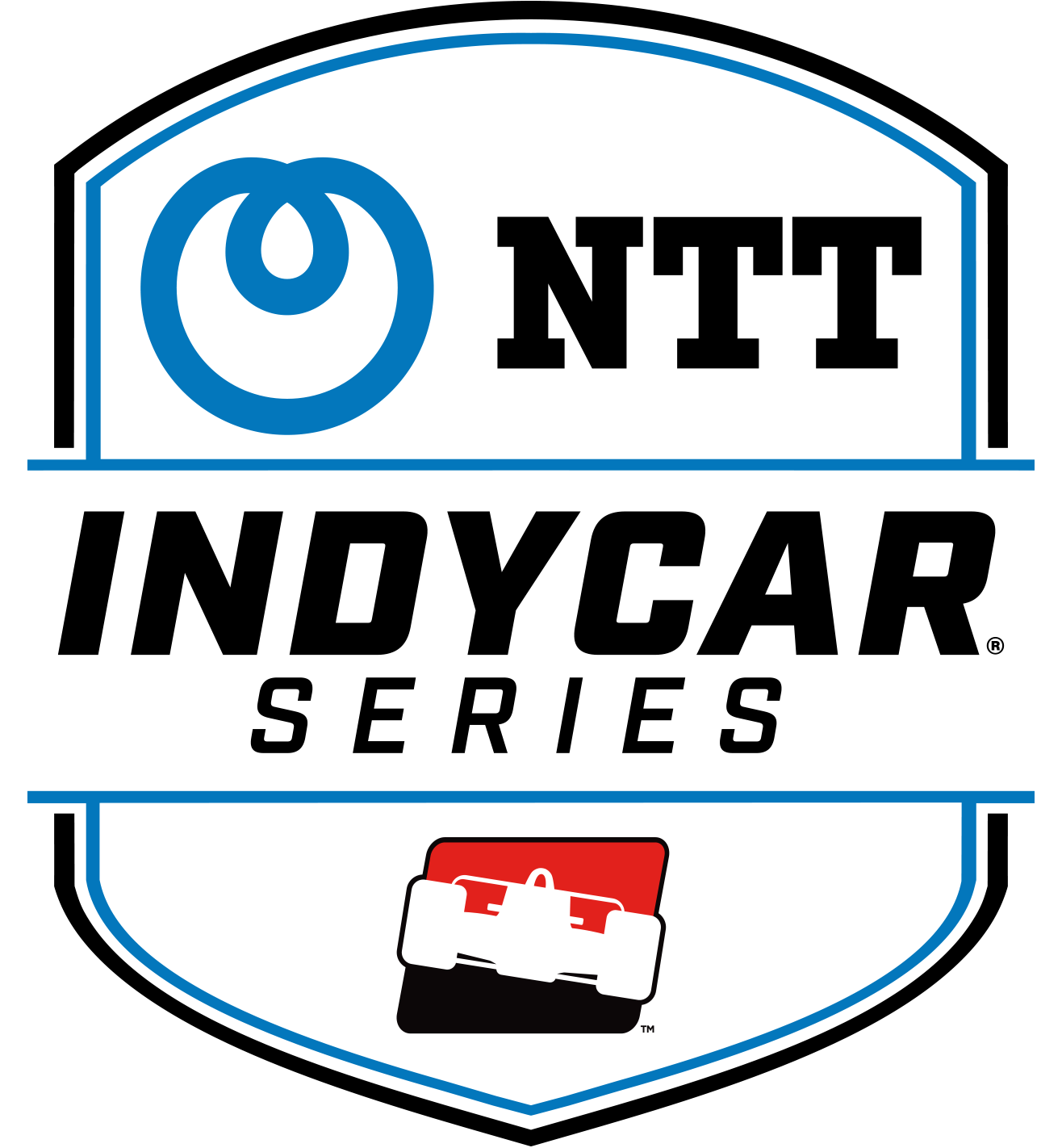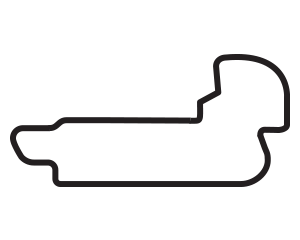APP EXCLUSIVE: Officially, Papis was once 'king' at Laguna Seca
SEP 18, 2019
MONTEREY, Calif. – When the 2001 CART race began at what was then called Laguna Seca Raceway, Max Papis was not a driver considered a contender. He was starting 25th in the 26-car field in the Honda Grand Prix of Monterey and no IndyCar driver had ever won on the 2.238-mile, 11-turn Laguna Seca Raceway road course farther back than sixth.
Papis’ job with Bobby Rahal’s team was in jeopardy so with little to lose, Papis and team manager Scott Roembke pulled off some magic.
The leading contenders in the race made just two pit stops. Papis came to pit lane five times to work his way to the front. By pitting so often, Papis lost track position but was able to make it up by saving more fuel than others.
Somehow, miraculously, the strategy worked to perfection. By Lap 61, Papis’ car was in the lead after every other car in the race made its final pit stop. He kept it in front for the final 16 laps to score his second win of the 2001 season and the third of his CART career.
When Papis crossed the finish line, he screamed into the team’s radio, “We are the King of the Day!”
Eighteen years later, Rahal remembers that victory with a laugh.
“Scott Roembke told him, ‘Easy Max, you didn’t pass a car all day.’”
Papis (shown above in his current role as an INDYCAR steward) didn’t need to because his team’s worst-to-first strategy worked to perfection.
“We had a very clear strategy with Mark Johnson and Scott Roembke,” Papis told NTT INDYCAR Mobile. “We knew we had a pretty fast car and we knew the only way to make it happen was taking advantage of other guy’s strategies. Laguna was one of those racetracks where you could stay out with tire and it would not cost you so much, but fuel was a big problem.
“What we did, every time the yellow flag came out at the beginning of the race, we pitted. We pitted several times in a row. Even during a run, I gave up track position for pitting because we could not pass 24 cars on the track.
“So that’s what we did. We pitted. We used the strategy and that put me up front. Once I was up front, I had a job to prove. “I drove those final 10 laps like it was my last race.”
By winning the race, Papis proved that nothing is impossible, and he believes that embodied his career.
“Impossible is nothing and we proved that on a track where they say you can’t go from the back of the pack and win the race because we did it,” Papis said. “The only limitation is what you put in your brain.”
Papis scored his first-ever podium in IndyCar at Laguna Seca in 1999, and he loved racing the challenging track. He remembers the strategy like it was yesterday.
He was saving fuel in the closing laps and still leading. But Roembke came on the radio and said they were two laps short on fuel.
In the closing laps, the yellow flag came out after Oriol Servia crashed after 65 laps. Because Servia rolled the car, it took five laps to clean up the track and that was all Papis needed to save fuel.
“That allowed me to do my final restart, full-blast, with fuel and I was able to move away from Gil de Ferran and Memo Gidley,” Papis said. “On that last restart, I was able to kill them on the restart.”
Papis defeated Gidley, who was driving for Chip Ganassi, by 0.794-of-a-second with de Ferran third in the Team Penske car. A young kid named Scott Dixon was fourth for PacWest and Jimmy Vasser was fifth driving for Patrick Racing.
That year’s Indianapolis 500 winner, Helio Castroneves, was sixth for Team Penske.
“When I look back at those eras, I can tell you running in the top five was a great achievement, a great day,” Papis said. “Beating some of those guys was a gigantic day. I’m proud to tell my kids, ‘Dad beat some of the greatest drivers ever in the sport.’”
Those are some great names that are still involved in the NTT IndyCar Series. Dixon has become an IndyCar legend with 46 wins and five IndyCar Series titles. De Ferran is sport director for Arrow McLaren Racing SP and Vasser is part of the ownership group of Sebastien Bourdais’ No. 18 Honda at Dale Coyne Racing with Vasser and Sullivan.
“It was a race to remember,” Papis said. “If I’m not mistaken, it’s still a CART/IndyCar record of starting furthest back to win the race. I don’t think that has happened since. It was a very special moment because I was on my way out with Team Rahal and that Miller Lite was exiting the sport. It was a very tough moment. It was my second win of the season after Portland and knowing there was no place for you in the sport after that was very frustrating.
“To me, that was the proof of teamwork and attitude. Everyone at Rahal wanted to continue the program but there was no more budget, no more Miller Lite, but we still put our heads down and made it happen.
“It’s proof that when you are all in, good things will happen.”
INDYCAR concludes its 17-race season with the Firestone Grand Prix of Monterey on Sunday. Television coverage will begin on NBC at 2:30 p.m. ET (11:30 a.m. PT local) with the green flag scheduled for 3:15 p.m. (12:15 p.m. local). Live radio broadcasts will be available on the Advance Auto Parts INDYCAR Radio Network and SiriusXM Satellite Radio (XM 205, Sirius 98, Internet/App 970).



















